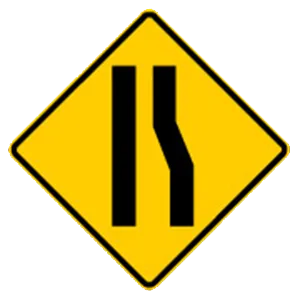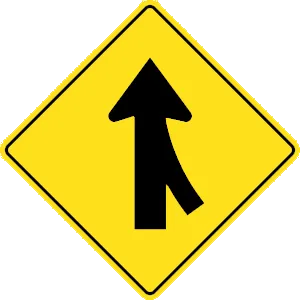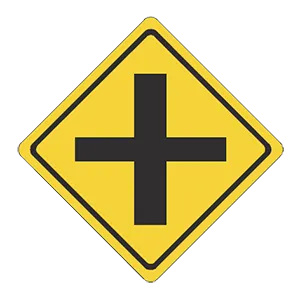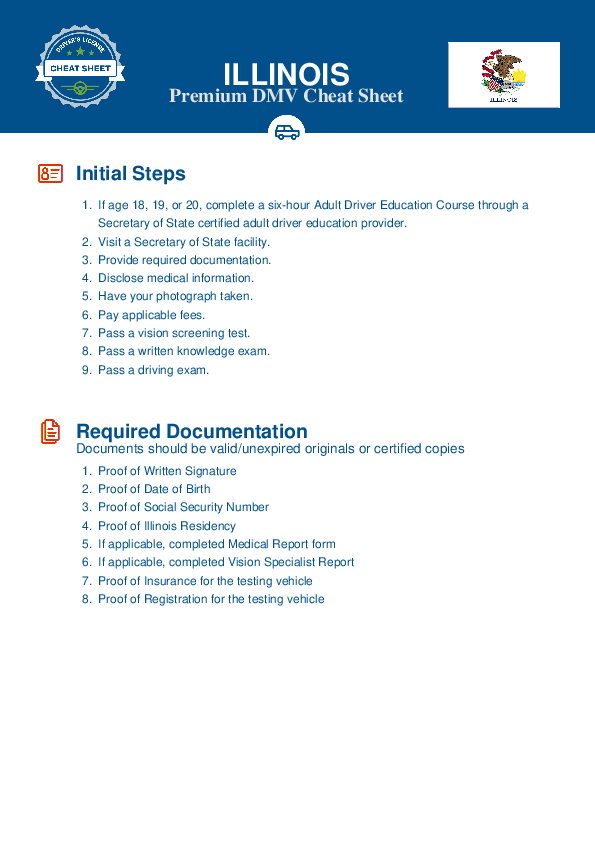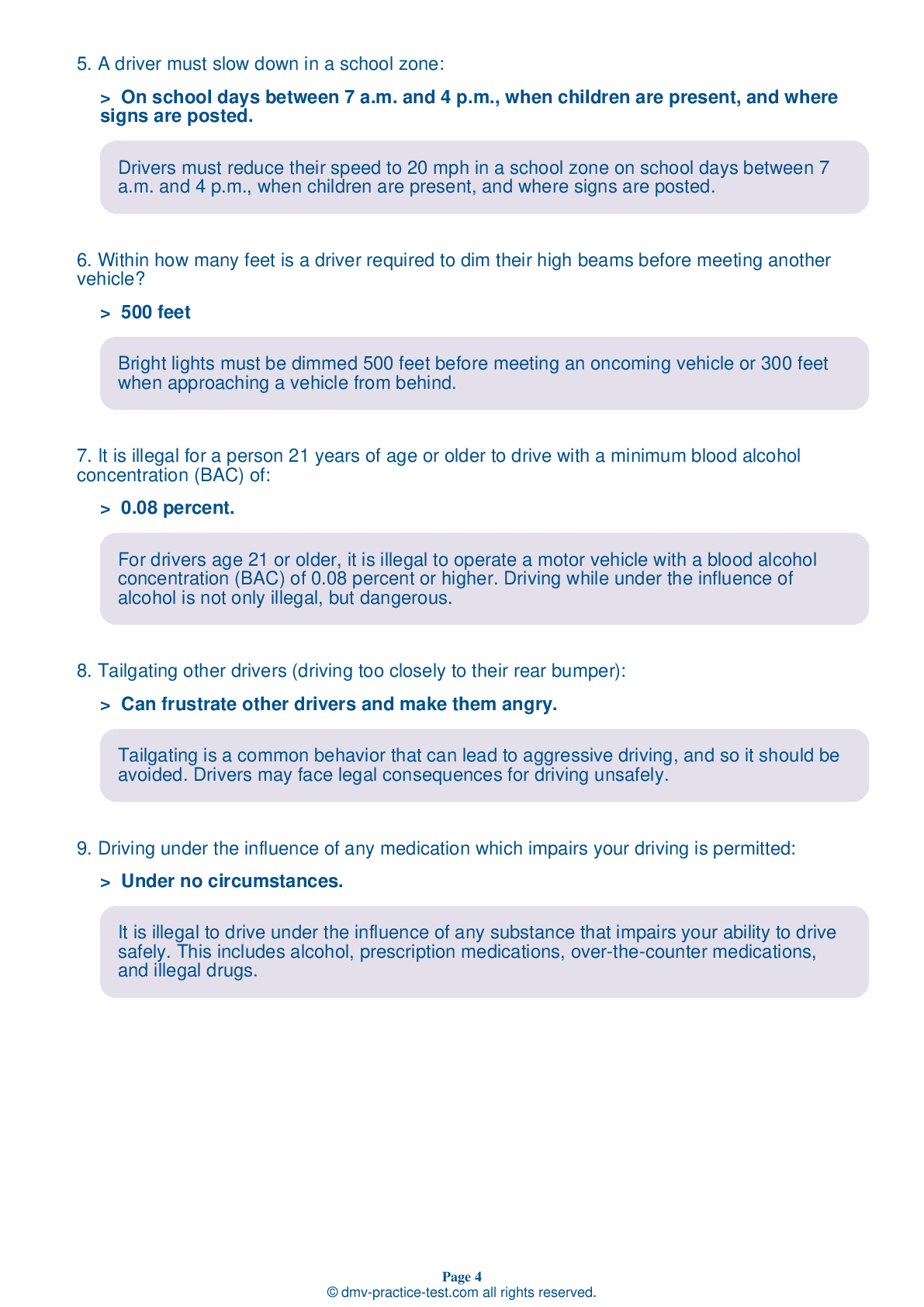FREE Illinois DMV Practice Test #5
For January 2025, this set of Illinois DMV practise tests has been updated. It includes questions based on the most important traffic signs and rules for 2025 from the Illinois Driver Handbook. To study for the DMV driving permit test and driver's licence exam, use actual questions that are very similar (often identical!) to the DMV driving permit test and driver's licence exam.
Each question on the practise exam has a tip and explanation to help you recall the ideas. Questions about traffic rules, traffic signs, and driving statutes, as well as information from the Driver Handbook, will be included in the written portion of the official DMV test.
You must properly answer 38 of the 35 questions to receive a passing mark. To help you prepare for your Illinois instruction permit or driver's licence, take our DMV practise test.
The DMV exam is offered in a variety of languages.
Using any form of testing help will result in an automatic fail, and the DMV may take further action against your driver's licence, so avoid it.
1 . This road sign means:
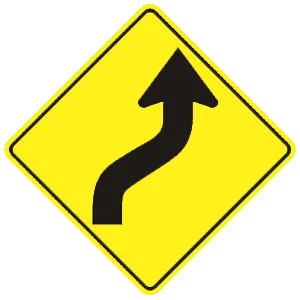
Warning signs are usually yellow with black markings. This sign warns drivers that the upcoming road will curve right, followed by a curve to the left. Drivers should adjust their speed to safely continue on the road.
3 . Taillights are not required to be illuminated after dark.
A vehicle's headlights must be on from sunset to sunrise. Vehicles must also have two red taillights visible for 500 feet from behind. Only one taillight is needed for mopeds and motorcycles.
4 . Using a cell phone while operating a motor vehicle is considered a distraction because:
Using a cell phone while driving is dangerous because it occupies the user's eyes, hands, and mind. Even the most skilled drivers increase their risk of being involved in a crash by using a cell phone on the road.
5 . It is legal to make a left turn at a red traffic light after stopping only if:
After coming to a complete stop, you may turn left at a red light only if you are traveling on a one-way street and turning onto another one-way street. Only make the turn if there are no posted signs prohibiting such a turn.
6 . This sign means:
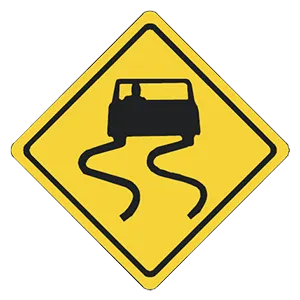
All roads are slippery and dangerous when wet. This sign warns of conditions that can cause a driver to lose control of a car. A driver should slow down when coming upon wet pavement because it takes longer to stop.
7 . If the front right wheel of a vehicle runs off the pavement, a driver should ease off the accelerator, allow the vehicle to slow down, and gently steer back onto the pavement.
If your vehicle’s wheels drift off the pavement onto the shoulder, you should grip the wheel firmly, ease your foot off the gas pedal, and brake gently. After checking for traffic behind you, gently steer the vehicle back onto the pavement.
8 . This sign indicates that the road ahead:

This sign warns of a reverse curve in which the road curves to the right, then to the left.
9 . A railroad crossbuck sign should be treated the same as a yield sign.
A railroad crossing crossbuck sign is considered a yield sign and a driver must yield the right-of-way to any oncoming trains and railroad equipment.
10 . This sign is used to warn drivers that:
